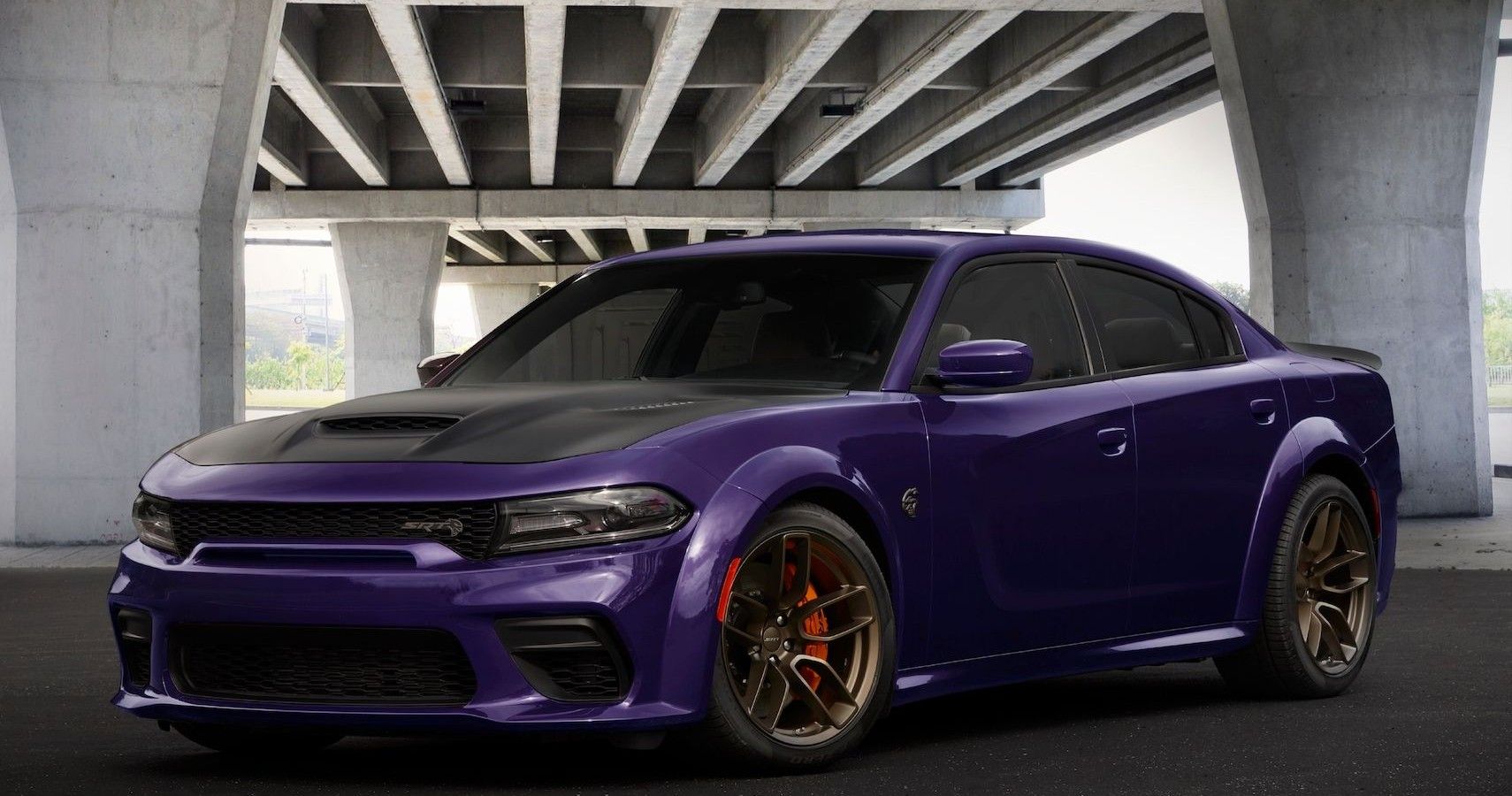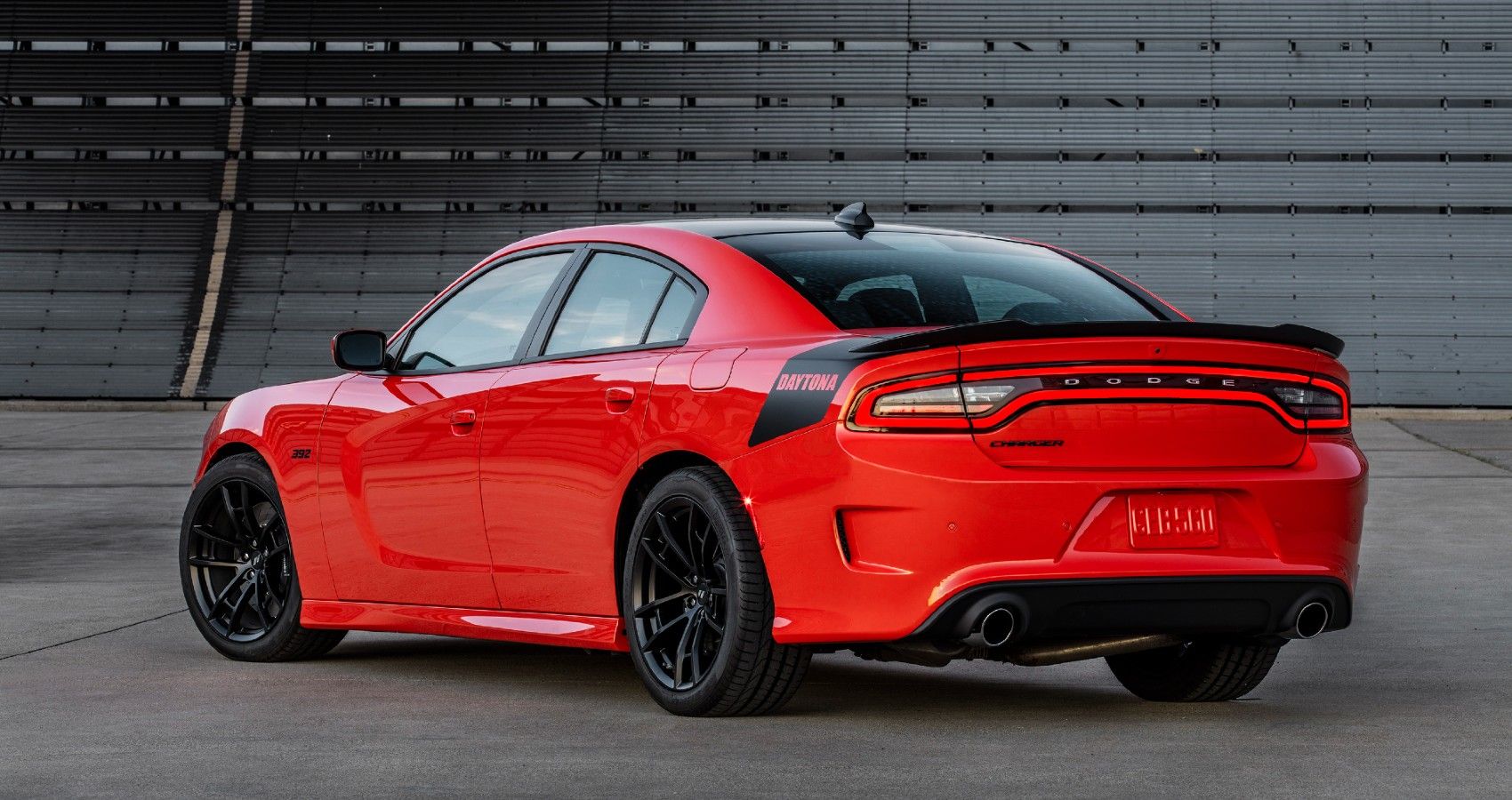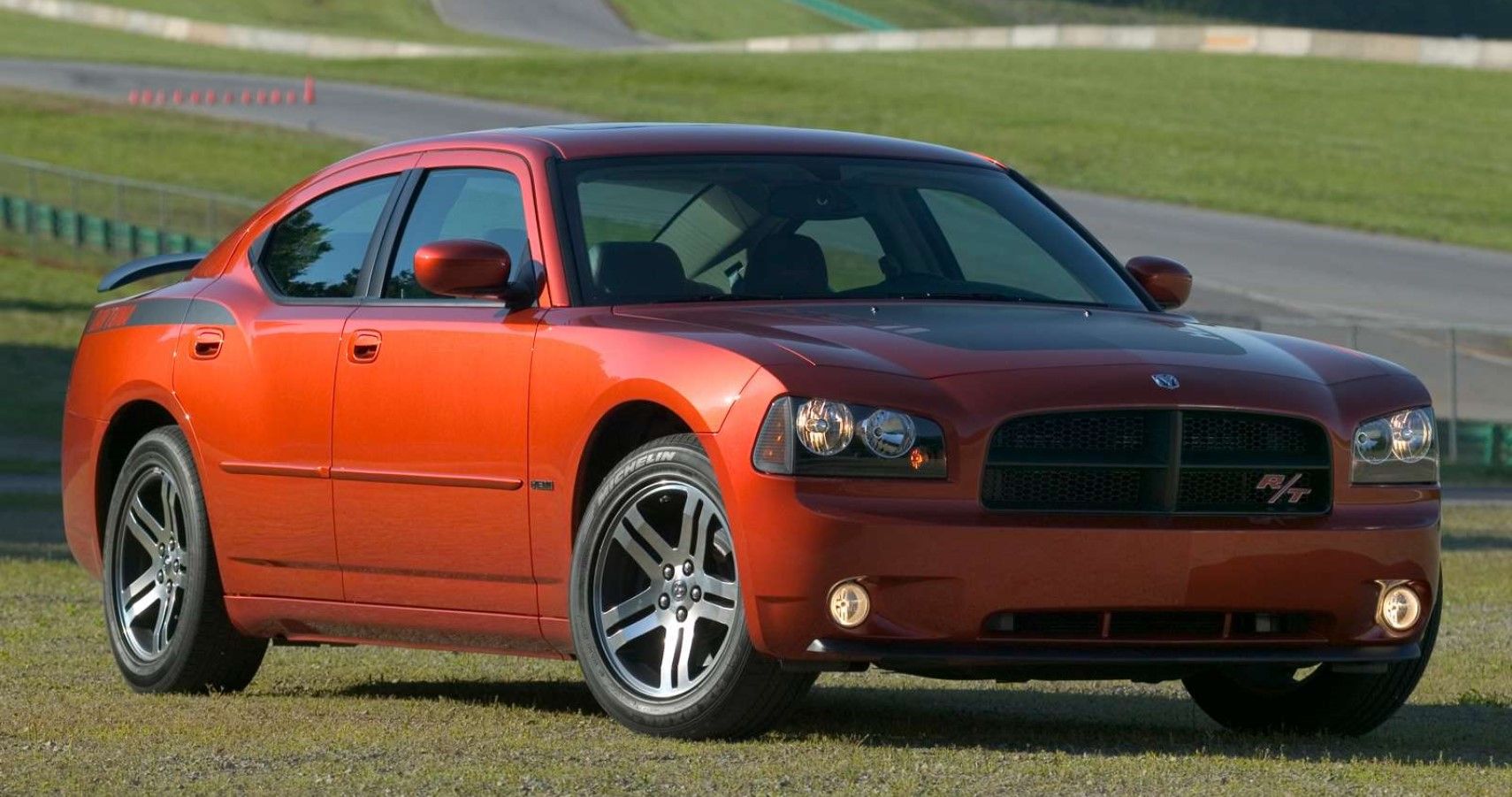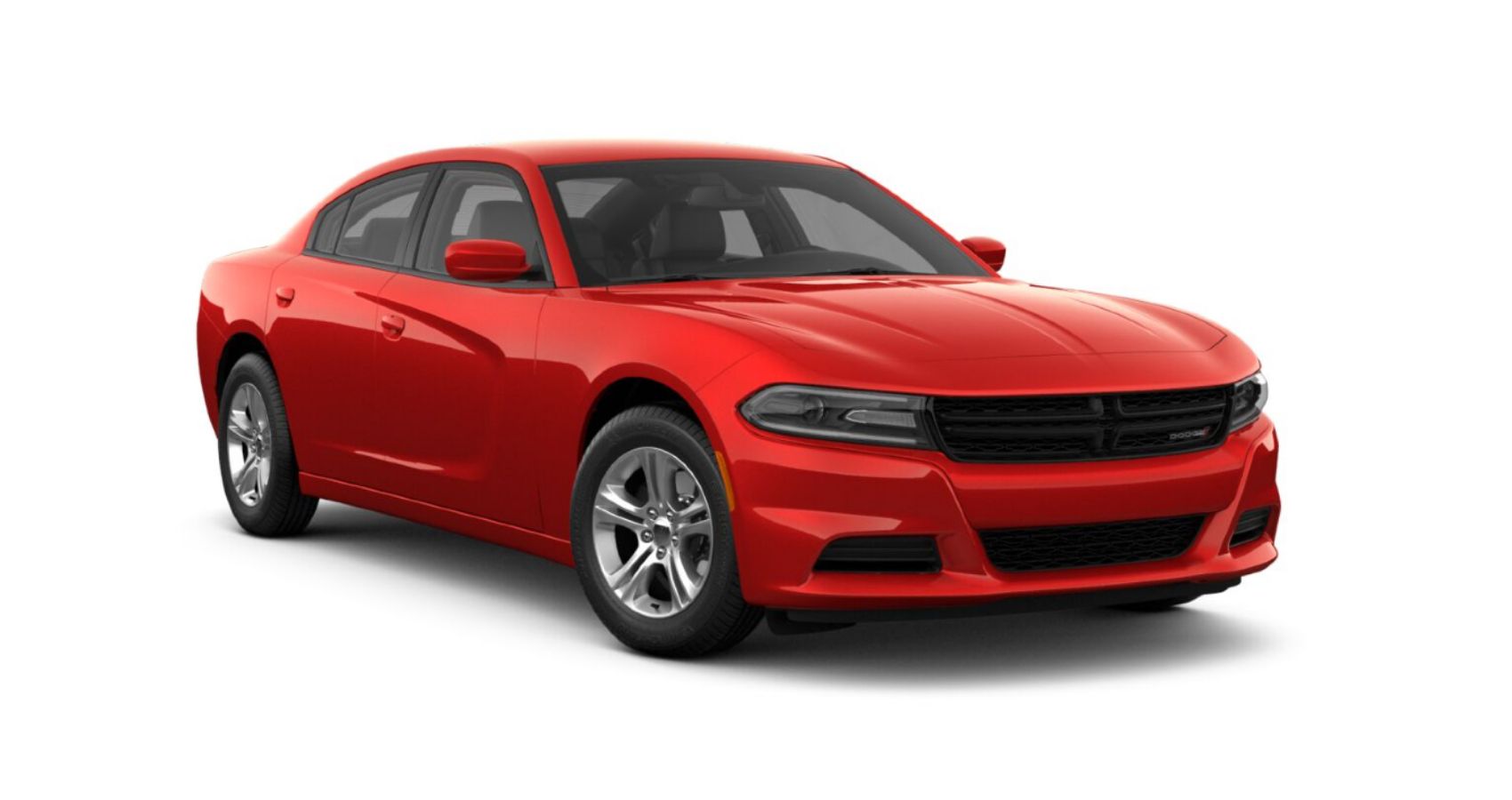Isn’t it disheartening to use ‘Dodge Charger’ and ‘problems’ in the same sentence? Alas, no car is totally problem-free. In the 1970s, Charger looked as beastly as the soundtrack it produced and dominated the regular roads and racetracks. When the nameplate was reborn in 2006, it continued the Dodge tradition for the modern era by blending incredible aesthetic with performance. The car remains defiantly at the top of the menu for gearheads with a passion for ICE power.
What’s not to love about a trusty American muscle car with up to nine trim levels and the lowest SXT trim packing a 300-hp six-cylinder mill? On the other side of the spectrum crouches the track-ready Hellcat with updated drivetrain features like launch control, line lock, and sport suspension to make the most of its massive 707 horsepower.
To prove the Charger isn’t all muscle with no meat, it comes with an impressive array of packages to personalize the car to the owner’s taste. While the model enjoys a good reliability score, it does have its share of problems, most notably with the transmission, alternator, brakes, suspension, electrical system, and engine.
How Reliable Is The Dodge Charger?
We wouldn’t hesitate to recommend the Dodge Charger to those in the market for a reliable sedan. You’d be hard-pressed to find another that offers a combination of performance, comfort, and style at the level seen and experienced on the Dodge Charger, uniting quick acceleration with reassuring stopping power. The Charger gets praised for its athletic handling, even though the steering lacks as much precision, and the suspension struggles around mid-corner bumps.
Even so, both new and older Charger models have something to offer the average driver more concerned about safety ratings. Using CarEdge’s depreciation calculator, we can see that the Dodge Charger will depreciate 32% after five years and have a five-year resale value of $32,305.
Normally, we’d stick to calling a spade a spade, but the Charger is an exemption; an average reliability rating is a good reliability rating for a muscle car like the Charger. J D Power gave the 2020 Dodge Charger an 84/100 overall score. The latest model scored 3.5 out of 5 in RepairPal’s reliability index, placing it 10th out of the 12 similarly classed full-size vehicles. Ultimately, proper handling and prompt servicing should prolong your Charger’s life span.
Best And Worst Dodge Charger Model Years
Not only is the Charger one of America’s longest-running nameplates (launched in 1966), but it also rides on one of the oldest platforms (the 2004 Chrysler LX platform). Consequently, the Charger has long-standing offerings for drivers on both sides of the spectrum, ranging from classic muscle cars to modern offerings blending muscle and sports car attributes.
As with any long-running brand with a slew of model-year offerings, some model years are best left alone. For the sake of brevity, let’s focus on the last two generations. After all, anything older is a classic to get treated as a collector car and not a daily driver that you need to worry about when it comes to its reliability. Courtesy of CoPilot Search, the least reliable Charger years in the last two generations are 2006, 2007, 2008, 2011, 2012, and 2014.
Now in its 7th generation, recent versions of the Dodge Charger tend to have a better overall build than older releases. That’s not surprising because the most significant changes often occur with the generational switch. All the same, the longer a vehicle is on the market, the more time it has to prove its reliability.
So, which Charger model years are the most reliable? The good news is the most recent models are the more reliable versions, thanks to the improved platform. The best model years are 2021, 2020, 2019, 2018, 2017, 2016, 2010, and 2009. Remember, most reliable isn’t the same as perfect. These are much more reliable compared to the first list. Summarily, a trim level might make a huge difference, no matter the model year.
Top Problems Dodge Charger Owners Should Know About
Now that we've pretty much established that the Dodge Charger isn't perfect, despite its popularity and overall reliability, let's see the biggest problems owners contend with. First in line are engine-related issues, which we consider the most severe of all Dodge Charger common problems. Engine failure is also the most common issue of the model years to avoid.
It wouldn't be as much trouble if the solution to these issues were as simple as replacing a gasket. Although the affected model years rocked powerful engines, more often than we'd like, the problems required the engine's replacement. Owners frequently complained about knocking noise, specifically with the 3.6-liter V6, which is usually the result of worn lifters and requires expensive repairs involving replacing the lifters or just the camshaft.
Oil leaks and burning oil are other engine-related issues Charger owners complained about and can set you back around $1,500 to fix. A big problem, if you ask us. There were several recalls due to engine-related issues, including a problematic ignition switch and a leaking fuel tank.
Next in line, the biggest Dodge Charger ownership problem is the transmission. It's also one of the most frustrating, as there were complaints of the shifter getting stuck in park. The issue boils down to the design, and may not need a visit to the mechanic after all. Owners also reported the transmission doing everything from shuddering to slipping and hesitating when changing gears, especially with the eight-speed automatic transmission. Unfortunately, this one won’t resolve itself as the problem can be due to low or dirty transmission fluid, which should set you back around $1,000.
Next on our list is another engine-related problem – the alternator. It's also part of the electrical issues, particularly with the 2011 Charger model year. Owners reported a "Battery Power Saver" warning message showing up on the dash just before the warning lights go crazy. There were also reports of smells of burning rubber or the vehicle shutting down entirely.
This one prompted a recall by Chrysler, as the issue affected not only the Charger but the Challenger, Grand Cherokee, Durango, and others as well. Thankfully, they often required comparatively less-expensive repairs, such as replacing the old unit with an OE-grade alternator, which should set you back around $100 to $400 (excluding labor). Other issues to look out for include defective power windows, failing thermostats, water pump leaks, and problematic interior lights. Ultimately, the Dodge Charger is still the go-to reliable muscle car.
Sources: RepairPal, CarEdge, JD Power, CoPilot




